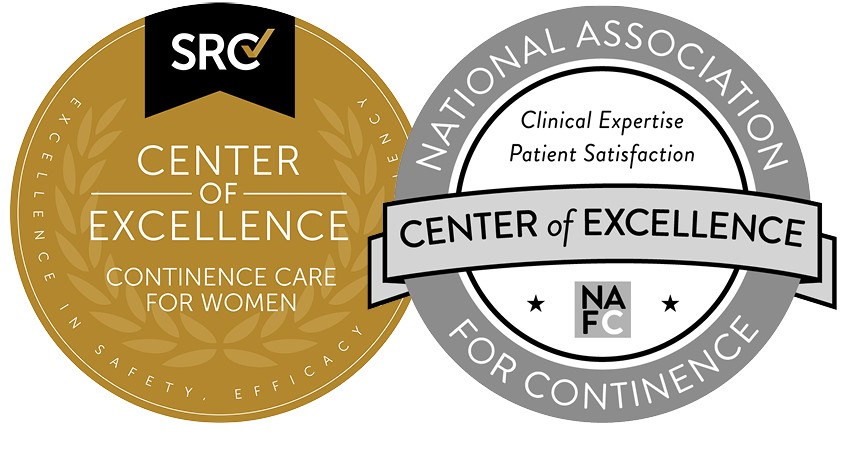LUGPA Step Therapy UpdateApril 2023 Despite claims from payers that step therapy helps manage costs, many providers and advocacy groups, including LUGPA, believe step therapy is unethical and that implementing step therapy protocols can harm patients while undercutting the physician-patient decision-making process and increasing the long-term cost of care. Step therapy is particularly deleterious in cancer care, where timely treatment is essential. In a statement on step therapy, the American Society of Clinical Oncology argues that step therapy delays access to lifesaving treatments, increases administrative burdens for providers, and harms patients. “Step therapy requires patients to try and fail to have a desired clinical outcome on a lower-cost medication before they can access the medication prescribed by their health care provider. This not only delays patient access to proper treatments, it potentially leads to irreversible disease progression and other significant patient health risks.” LUGPA opposes policies restricting appropriate drug access, including step therapy and prior authorization, and supports legislation removing barriers to physician prescribing decisions for their patients. Step Therapy Mandates Harm Patients The most appropriate course of treatment is determined based on a patient’s clinical situation and the care plan developed by the patient and physician, not a payer mandate. In some cases, step therapy requirements often fail to allow for such considerations and create unnecessary delays in needed treatment for patients. In addition to poor treatment outcomes, there are many consequences patients can face due to step therapy requirements. These prior authorization regulations can result in higher out-of-pocket expenses, especially for chronically ill patients, in addition to missed work and a decreased quality of life. Several recent studies have warned about the potential negative impact that cost-cutting step therapy policies and the nonmedical switching of prescription drugs they often require can have on patient safety. In a 2019 study by AmerisourceBergen, the authors found that policies like step therapy result in “forced drug switching, treatment gaps, and cessation of effective therapy are dangerous to patients because of the potential for disease flares, negative immune responses, adverse effects, and complete loss of response.” In a 2021 study in Health Economics, Policy, and Law, a review of Kaiser Family Foundation healthcare data found that due to regulations like step therapy, “more than 90% of people in the United States with health insurance may still be unable to access the treatment chosen as most appropriate for them with their physician.” Step therapy can also increase costs. For example, in a 2020 study of Crohn’s Disease treatment by health consultant Avalere, over a full-year plan, payer costs were 37 percent higher in the scenario with step therapy than in the scenario with no step therapy. Federal Regulations on Step Therapy are the only Path to Sustained Reform Most legislative reforms to step therapy have come from state legislatures. Around two-thirds of states have implemented some reform to step therapy in their states as of September 2022. Most state laws require payers to consider additional factors when considering step therapy exceptions, including medical histories and previous medication use. Many states also require insurers to respond to exception requests promptly. Despite the efforts by states to limit step therapy, according to the Kaiser Family Foundation, more than 90 percent of people in the United States with health insurance may still need help accessing the treatment chosen as most appropriate for them by their physician. In a 2022 study in Health Economics, Policy, and Law, Louis Happ and Zoe Rothblatt found that state laws limiting step therapy are expensive and time-consuming to introduce and get written into law and are near impossible to enforce while containing too many loopholes. The Safe Step Act Lasting reform to eliminate step therapy must come at the federal level. Several measures have also been introduced in Congress to improve access to treatments a limit step therapy. The primary bipartisan effort to limit step therapy is the Safe Step Act, which would amend the Employee Retirement Income Security Act (ERISA) to require group health plans to provide an exception process for any medication step therapy protocol. This bill does not ban step therapy but provides several specific exemptions for patients to bypass the protocols. According to the bill sponsor’s website, the Safe Step Act creates a clear and transparent process for a patient or physician to request an exception to a step therapy protocol. It requires group health plans to grant an exemption if an application demonstrates any of a set list of situations, including:
The Safe Step Act also creates a timeline for insurers to respond to exemption requests. Under the proposed bill, a group health plan must respond to an exemption request within 72 hours in all circumstances and 24 hours if the patient’s life is at risk. Step therapies’ fail-first protocols are particularly burdensome when considering physician-administered drugs; nowhere is this more notable than in the Medicare Part B program. LUGPA has serious concerns about CMS’s move in 2019 to end the prohibition of step therapy protocols for physician-administered drugs covered under Medicare Part B, implemented in 2012. LUGPA has joined with several medical and patient advocacy groups to call for the reinstatement of the ban on step therapy, most recently in 2022. |




